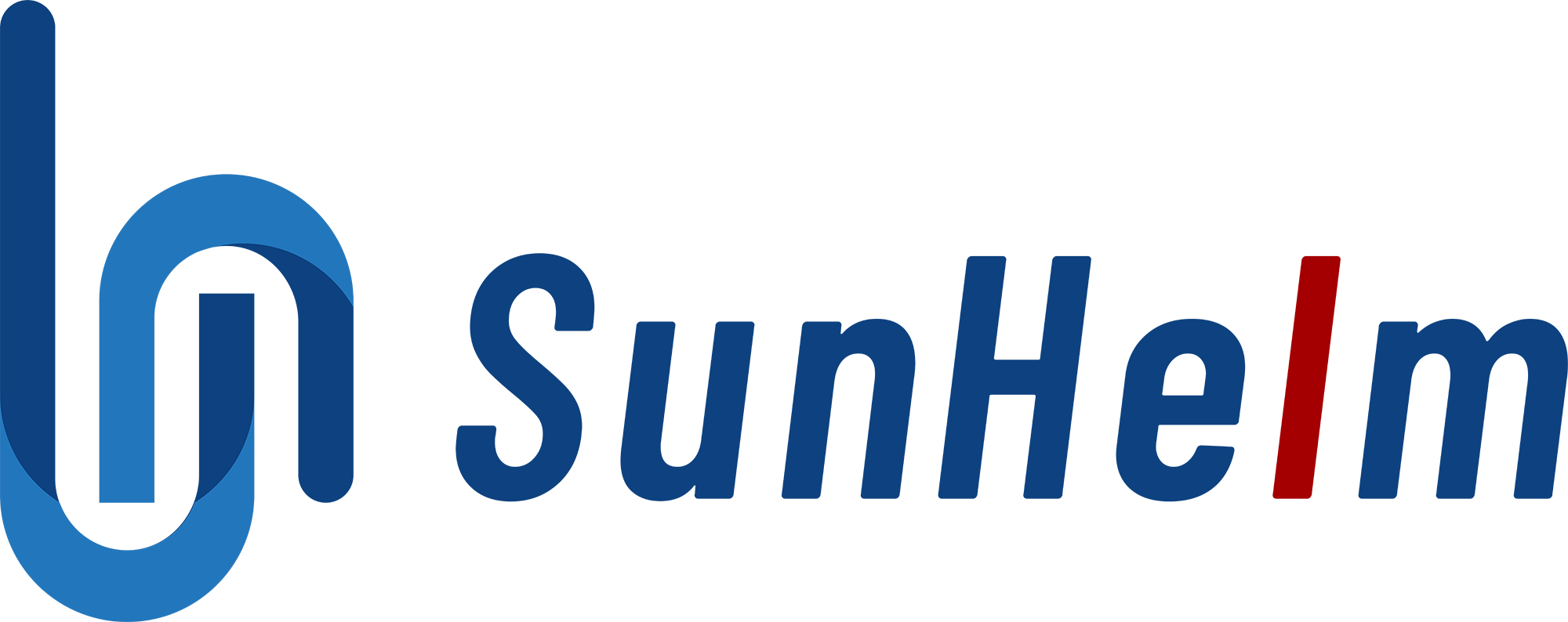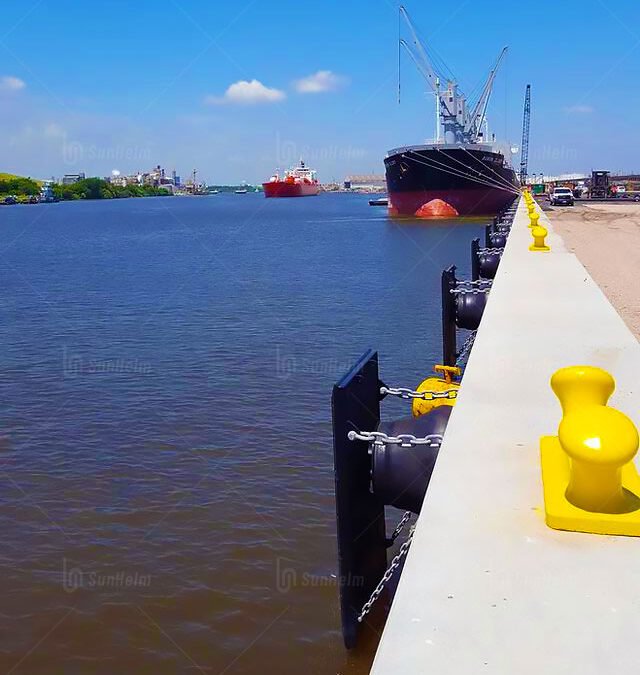1. Введение
Mooring systems help keep floating structures like offshore wind turbines, oil rigs, and floating storage units (FPSOs) in place. They use chains, ropes, and anchors to resist waves, wind, and currents. Depending on water depth and materials used, engineers choose different mooring types. In this article, we’ll explore the three most common mooring systems: Catenary, Taut-Leg, и Tension-Leg.
2. What Is a Mooring System?
A mooring system connects a floating platform to the seabed. It prevents the platform from drifting and helps it stay stable during harsh sea conditions. According to international offshore wind standards (like IEC 61400-3), there are three main types of mooring systems based on how they create restoring force:
- Catenary: Uses the weight of the mooring line.
- Taut-Leg: Uses tension and elasticity of the rope.
- Tension-Leg (TLP): Uses vertical tendons under tension.

3. The Three Types of Mooring Systems
3.1 Catenary Mooring System
- How It Works: This system uses heavy chains or steel cables. The chain hangs in a curve and lies on the seabed. Its own weight helps it resist movement.
- Плюсы:
- Simple and cost-effective.
- Easy to install and maintain.
- Works well in shallow water.
- Cons:
- Needs a large area on the seabed.
- Less stable in deeper waters.
- Chains can suffer from fatigue and corrosion.
- Лучшее для: Shallow to mid-depth waters (typically less than 100 meters). It’s used in projects like the Hywind Tampen floating wind farm in Norway.
3.2 Taut-Leg Mooring System
- How It Works: It uses synthetic ropes or steel wires under tension. The ropes stretch at an angle (about 30–45°) and anchor into the seabed. They create restoring force through elasticity.
- Плюсы:
- Needs less seabed space.
- Better stability and quicker response.
- Ideal for deeper waters.
- Cons:
- Higher installation cost.
- Anchors must handle both vertical and horizontal loads.
- Materials can wear out under tension and waves.
- Лучшее для: Medium to deep water (100–250 meters).
3.3 Tension-Leg Mooring System (TLP)
- How It Works: TLPs use vertical steel or fiber tendons, stretched tight from the floating structure to anchors on the seabed. This design stops the platform from moving up or down and limits horizontal drift.
- Плюсы:
- Very stable.
- Excellent control over motion (no pitch, roll, or heave).
- Great for deep water oil or gas platforms.
- Cons:
- Very expensive.
- Hard to install.
- More rigid and sensitive to sea conditions.
- Лучшее для: Deep water (over 250 meters).
4. Side-by-Side Comparison
| Mooring Type | Force Source | Line Angle / Layout | Water Depth | Плюсы | Cons |
|---|---|---|---|---|---|
| Catenary | Weight of chain | Near-horizontal, lies on seabed | Shallow (<100 m) | Low cost, easy to install | Takes up space, less stable |
| Taut-Leg | Rope tension | 30°–45° angle, rope stays off seabed | Medium (100–250 m) | Small footprint, deepwater ready | Higher cost, anchor strength needed |
| Tension-Leg (TLP) | Vertical tension | Straight vertical lines | Deep (>250 m) | Extremely stable, no drift | Expensive, complex setup |
5. Real-World Applications
- Hywind Tampen (Norway) uses a Catenary system for floating wind turbines.
- Oil and gas platforms often use Tension-Leg mooring for deepwater operations.
- Many offshore wind projects in deep water now choose Taut-Leg systems to save space and improve stability.
Each system fits different needs based on water depth, seabed conditions, structure type, and budget.
6. Заключение
Each mooring type has its own strengths:
- Catenary is cost-effective and great for shallow waters.
- Taut-Leg gives better control in deeper areas with less space needed.
- Tension-Leg offers the best motion control but comes with a high price.
Choosing the right mooring system depends on your project’s location, water depth, platform type, and budget. With more floating wind and offshore energy projects emerging, smart mooring choices are more important than ever.


